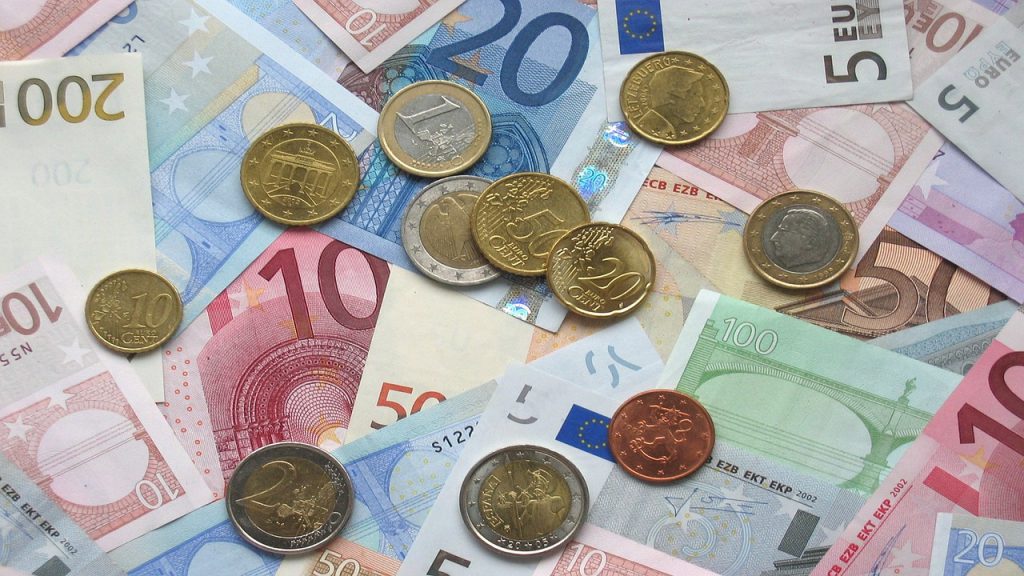The conditions for buying property internationally remain very attractive to clients with continued low prices and in many cases favorable exchange rates.
The Euribor has never been lower, January 2016 yearly rate is 0.0589% and banks have reduced their interest rate margins to the extent where rates are now lower than a year ago.
Source: ECB
A 15 years fixed interest rate starts at 2.5% in some countries, depending on the personal financial circumstances of the mortgage applicant. The opportunity to lock in rates at such low levels for such long periods remains extremely attractive for foreign investors.
Variable margins on international repayment mortgages are still in the region of Euribor + 1.5% to 2,5%.
The average interest rate for the total properties was 3.11% and the average term was 21 years.*
The average interest rate for mortgages constituted on dwellings was 3.30%, that is, 8.2% lower than that registered in October 2014.*
*Source: Instituto Nacional de Estadística
As a brief summary of the mortgages available in those countries with higher demand:
| COUNTRY |
MAXIMUM % LTV |
MIN. FUNDS AVAILABLE FOR PURCHASE * |
COMMENTS |
| SPAIN |
70% |
44 % * of purchase price |
Min. mortgage €150,000. Mortgage transfer to another lender allowed. No equity release or buy to let. |
| PORTUGAL |
80% |
32 % * of purchase price |
Minimum mortgage €200,000. Mortgage transfer or buy to let allowed. No equity release. |
*These are estimates as it depends of several factors; local taxes, customer’s financial profile, etc.
For customers with their main property in the UK and sufficient positive equity, we can assist them refinancing mortgage to release equity up to 80% LTV, in order to have sufficient funds for the purchase of their properties overseas*
For the next months, we expect international mortgage rates should stay more or less as they are, with excellent products on offer to most non-residents.
2015 has been described in some corners as the year of the strong sterling, as the British currency zipped up against the euro from a rate of 1.28 on the 1st January, hitting a rate of 1.44 in July and close to this again in November.
2016 so far, on the other hand, has already shown an enormous switch in the £/€ exchange rate and being more stable for the USD/€. Sterling had begun weakening in December 2015, as a result of positive sentiment surrounding the European Central Bank (ECB), but experts could not predict the speed at which the British currency would then devalue in January.
Alberto Goldar
* Financial North are advisers of our foreign costumers interested in purchase a property in Barcelona.




